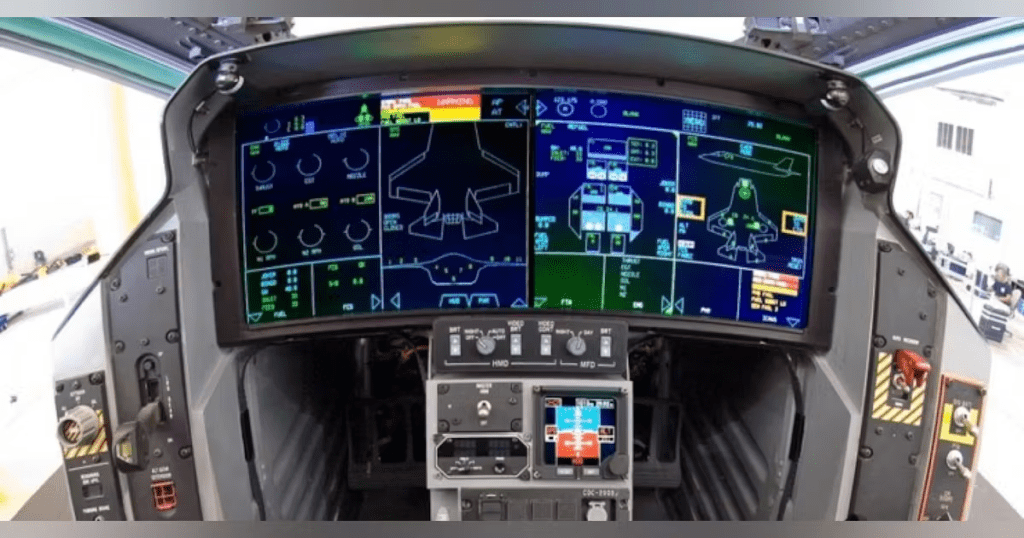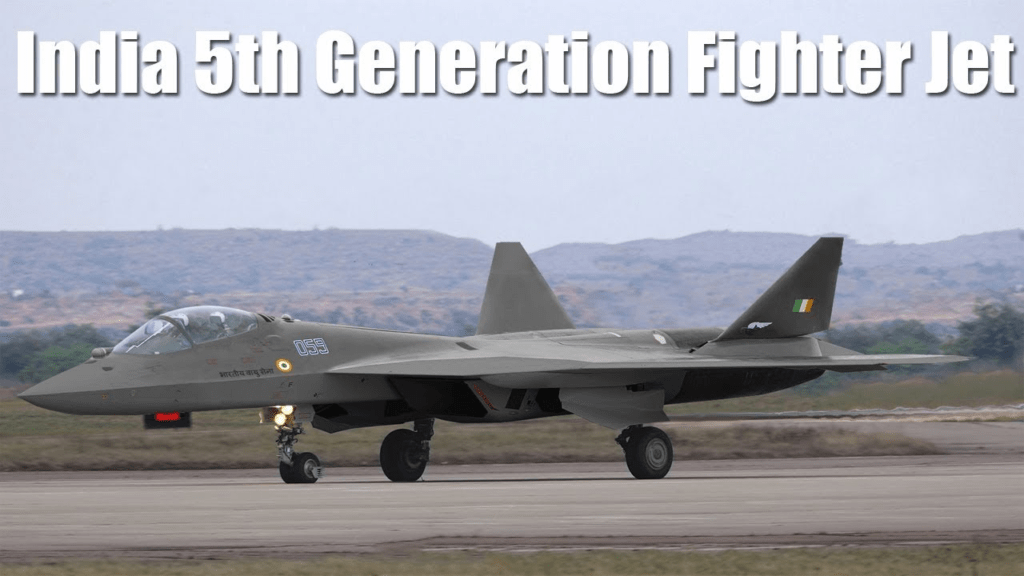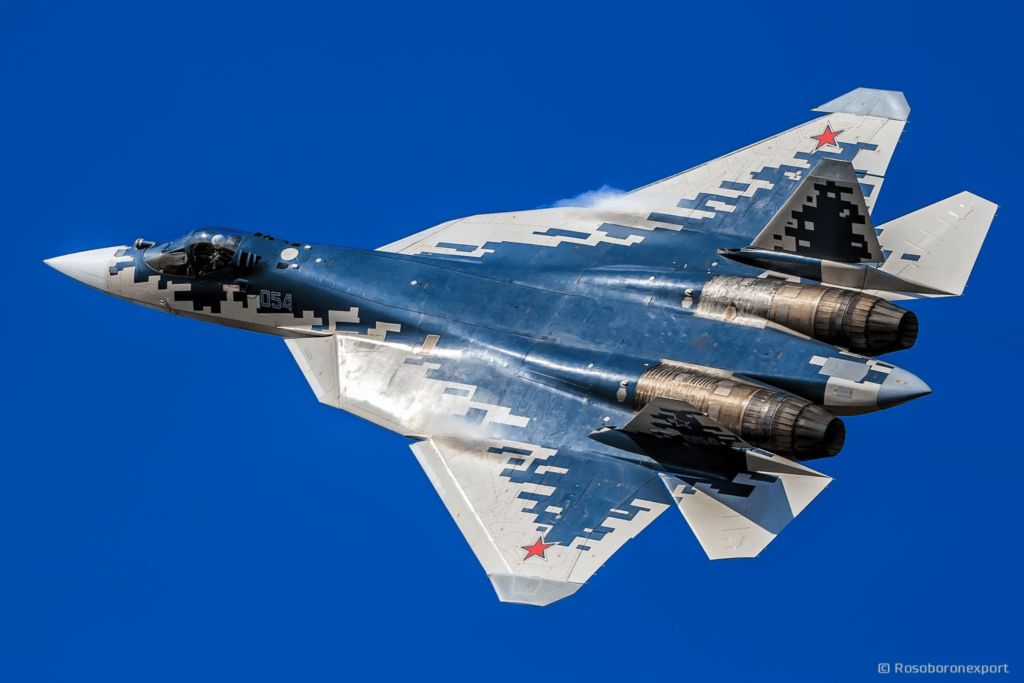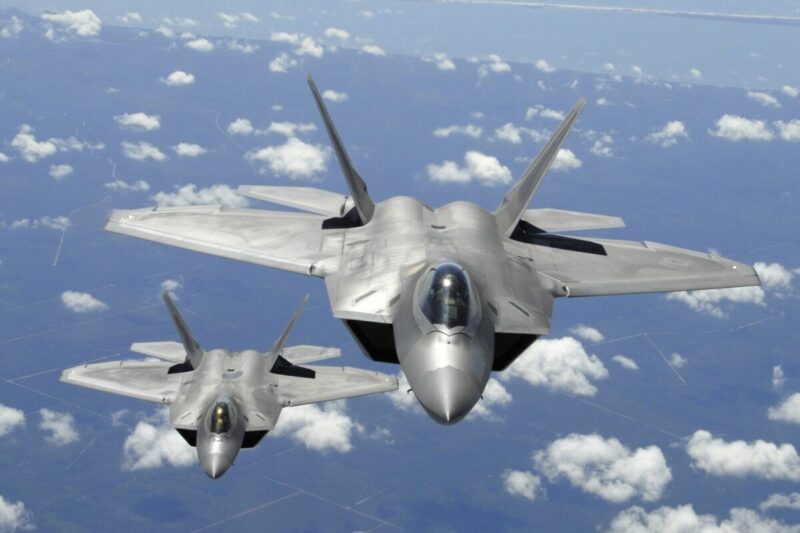What Is a Fifth-Generation Fighter? Why are they so SPECIAL?
What Is a Fifth-Generation Fighter? Let’s Dive in!
A fifth-generation fighter represents a revolutionary leap in military aviation, blending stealth, advanced avionics, and networked operations into a single, multirole platform. These aircraft are designed to dominate air superiority, strike, reconnaissance, and electronic warfare roles, ensuring that they can operate decisively in highly contested environments.

This generation doesn’t just offer incremental improvements over fourth-generation platforms; it redefines how air combat is conducted, enabling pilots to fight smarter, not harder. Fifth-generation fighters achieve this through seamless integration of low observability, unmatched situational awareness, and next-level performance.
Defining Features of Fifth-Generation Fighters
1. Stealth (Low Observability)
Stealth technology is the hallmark of fifth-generation fighters, enabling them to avoid detection by adversary radar, infrared systems, and even acoustic sensors. Achieving low observability involves a combination of:

- Airframe Shaping:
- Fighters like the F-22 Raptor and F-35 Lightning II feature sleek, angular designs that minimize radar cross-section (RCS). These shapes are carefully crafted to deflect radar waves away from the source.
- Radar-Absorbent Materials (RAM):
- RAM coatings and composite materials reduce radar signal reflection. RAM is particularly crucial in high-RCS areas, such as engine inlets, canopy edges, and leading/trailing edges of wings.
- Minimized Infrared (IR) Signature:
- Engines are carefully shielded, with exhaust designs that reduce heat emissions, making the aircraft less detectable by heat-seeking missiles and sensors.
- Reduced Acoustic and Visual Signatures:
- Quiet engines and minimal contrails help reduce the aircraft’s detectability by visual or acoustic tracking systems.

2. Advanced Avionics: What Is a Fifth-Generation Fighter? A Generational Leap!
Avionics in fifth-generation fighters mark a significant departure from earlier generations. They provide unparalleled situational awareness, enhancing the pilot’s understanding of the battlespace while enabling seamless decision-making. These avionics systems include:

- Active Electronically Scanned Array (AESA) Radar:
AESA radar systems, such as the AN/APG-77 (F-22) or AN/APG-81 (F-35), revolutionize target detection and engagement: - Simultaneously tracks air and ground targets.
- Performs high-resolution ground mapping.
- Operates in electronic warfare (EW) modes, such as jamming enemy radar.
- Distributed Aperture System (DAS):
- Advanced systems like the F-35’s DAS provide a 360-degree view of the battlespace, allowing the pilot to detect threats, such as incoming missiles, in real time. The DAS also enhances navigation and targeting by projecting critical information directly into the pilot’s helmet.
- Integrated Sensor Fusion:
- Fifth-generation fighters combine data from multiple sensors (radar, IRST, EW systems) into a single display, providing a unified picture of the battlespace. This reduces pilot workload and ensures faster, more accurate decision-making.
- Helmet-Mounted Display Systems (HMDS):
- The HMDS projects critical information, including targeting data and navigation cues, directly onto the pilot’s visor, allowing them to maintain situational awareness without looking down at traditional cockpit instruments.
- Joystick / HOTAS – AMAZON.com
- Rudder Pedals – AMAZON.com
- Throttle Quadrant – AMAZON.com
- Gaming Chair – AMAZON.com
- VR Headset – AMAZON.com
3. Network-Centric Warfare: The Backbone of Modern Combat
Fifth-generation fighters are not just advanced standalone platforms—they are integral nodes in a networked battlespace. These aircraft leverage secure data links to share information with allied assets, creating a unified, real-time operational picture.

- Data Sharing Across Domains:
- Fighters like the F-35 communicate seamlessly with AWACS (Airborne Warning and Control Systems), ground forces, naval vessels, and drones, creating a force-multiplying effect.
- Battlefield Awareness for All Assets:
- Information from a fifth-generation fighter’s sensors can be shared across the network, enabling non-stealthy fourth-generation aircraft or ground units to engage targets without exposing themselves to threats.
- Electronic Warfare (EW) Capabilities:
- Fifth-generation fighters can neutralize enemy radars and communication systems, providing both offensive and defensive EW support for the entire coalition force.
This network-centric approach fundamentally changes air combat strategy, emphasizing information dominance over brute force.
4. Supermaneuverability: Mastering the Airspace
Fifth-generation fighters incorporate cutting-edge aerodynamics and propulsion systems that enable supermaneuvrability, giving them an edge in dogfights and defensive maneuvers.

- High Angle of Attack (AoA) Performance:
- Aircraft like the F-22 and Su-57 excel at operating in extreme flight envelopes, performing high AoA maneuvers such as the “Cobra” to evade enemy missiles or gain positional advantage in dogfights.
- Thrust Vectoring:
- Fighters like the Su-57 and F-22 employ thrust-vectoring nozzles, allowing them to redirect engine thrust for tighter turns and improved agility.
- Enhanced Control Surfaces:
- Advanced fly-by-wire systems ensure precise control during complex maneuvers, even at low speeds or in challenging conditions.
5. Supercruise: Speed Without Compromise
Supercruise—the ability to sustain supersonic flight without afterburners—is a critical feature of fifth-generation fighters.
- Advantages of Supercruise:
- Prolonged supersonic speeds without the massive fuel consumption of afterburners.
- Reduced thermal signature, making the aircraft harder to detect by IR sensors.
- Faster transit times to combat zones, enabling rapid response to emerging threats.
- Examples:
- The F-22 Raptor is capable of sustained supercruise at Mach 1.82, enabling it to reach targets faster and engage enemies before they can react.
Fourth vs. Fifth Generations: A Comparison

Fourth Generation Fighters
- Key Features:
- Mechanically scanned radars and analog avionics.
- Limited data-sharing capabilities.
- Emphasis on agility and speed.
4.5 Generation Fighters (e.g., Eurofighter Typhoon, Rafale):
- Key Upgrades:
- AESA radar, improved EW suites, and partial stealth features (reduced RCS).
- Enhanced data links for limited networked operations.
Fifth Generation Fighters:
- Transformational Leap:
- Full-spectrum stealth.
- Network-centric warfare capabilities.
- Unparalleled situational awareness and survivability.
Current Fifth-Generation Fighters
1. F-22 Raptor (USA)
- Specialty: Air superiority.
- Stealth: Gold standard, unmatched in its class.
- Performance: Supercruise at Mach 1.82, 9G maneuverability.

2. F-35 Lightning II (USA and Allies)
- Specialty: Multirole capability (air-to-air, air-to-ground, electronic attack).
- Situational Awareness: DAS and integrated sensor fusion provide unparalleled pilot visibility and battlefield understanding.
3. Chengdu J-20 (China):
- Role: Long-range interceptor with stealth optimized for BVR engagements.
- Limitations: Lacks confirmed supercruise or supermaneuverability performance.

4. Su-57 Felon (Russia):
- Strengths: Advanced aerodynamics and thrust vectoring for supermaneuverability.
- Challenges: Limited stealth effectiveness compared to Western designs.
What Is a Fifth-Generation Fighter? – Combat Roles and Integration.
Fifth-generation fighters are designed to excel in contested environments where older aircraft would struggle to survive. They operate as the centerpiece of air superiority campaigns, working in concert with fourth-generation platforms, drones, and ground-based assets to ensure dominance.
While they are expensive to procure and maintain, their ability to decisively shape the battlespace makes them irreplaceable in modern warfare. As new technologies like AI-driven operations and autonomous swarming drones emerge, fifth-generation fighters will continue to adapt, securing their relevance for decades to come.

- Latest CPU’s Available Now – Amazon.com
- Get a NEW GPU Best Performance – AMAZON.com
- Upgrade RAM Here today – AMAZON.com
- Prebuilt PC Options – AMAZON.com
Author
Brendon McAliece (Aka Gunnie) is a military veteran with 23 years working on Jet Fighters, their weapons systems and ejection seat/module systems as well as munitions and R&D. Involved with flight simulation since the 1980s, he has flown all the major flight simulators over the years.
He is an Australian expat who has lived in Malaysia, UK, Saudi Arabia and more recently Thailand. He is a multi-lingual blogger who loves to share his life experiences here on LetsFlyVFR.com and DreamingGuitar.com, with his lifestyle and Travel experiences Blog plus his Dreaming Coffee website.
Learn More @ DreamingGuitar.com – DreamingCoffee.com – LetsFlyVFR.com
( HOME – BLOG – SHOP – ABOUT )
As an Amazon affiliate I may benefit from qualifying sales.SearchSearch










One response to “What Is a Fifth-Generation Fighter? Why are they so SPECIAL?”